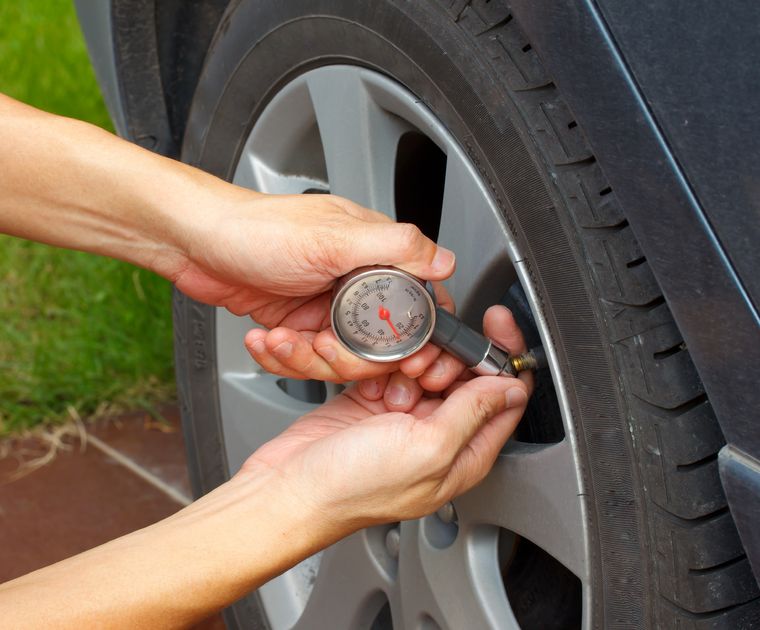The MOT test was introduced by the then Ministry of Transport in 1960, in response to the very high levels of road traffic accidents which were found to have been caused by vehicles on the road being in poor condition – unroadworthy, was the term used then, and it is still used in the MOT today.
What is the MOT test?
At its most simple, the MOT test checks vehicles to make sure that they are fit to be on the UK’s roads. In that very first test, only vehicles over ten years old were checked, and the process was voluntary. In a very large number of cases, people chose to scrap their old, poor-condition vehicles ahead of the time when the tests would be mandatory, rather than pay the few shillings that the first test cost. Even with this large number of the worst vehicles not being tested, a shockingly high percentage of the vehicles checked failed, many of them catastrophically! Almost immediately, the age of cars tested was brought down to seven years, and then – when a large number of vehicles continued to fail their tests – down more, until by 1967 when the current three year limit was settled upon. In Ireland, cars can be four years old before they have their first MOT.

Why are MOT Tests Required?
As mentioned above, concern had been growing for some time, as car ownership boomed in the UK in the 1950s. Roads were, quite suddenly, tempting places to test out the top speed of one’s car with the advent of the first motorway in 1958, instead of being the small, twisting routes they had previously been. This combination of too many cars on the nascent network, increasingly aged cars, and familiarity breeding contempt for the rules of the road* led to a huge number of road accidents, many of them ultimately fatal. Parliament’s response was to work to ensure that the many cars on the road would be roadworthy: that is to say, they would have good steering, working brakes, lights that enabled the driver to see and also enabled the vehicle to be seen. Indeed, the first MOTs only looked at a vehicles lights, steering and brakes – today the list includes about thirty items, and more are added as it is deemed necessary.
(*In the first days of driving it was something of an occasion, but by the 50s and 60s people were in a hurry to get to destinations: the seaside, to holiday camps and national parks and so on as the leisure industry began to boom too.)
What is Checked with an MOT Test?
The MOT test can be divided into six broad categories:
- Interior Checks: This includes seatbelts, which – if present – must be in good working order, the doors, mirrors and horn must be in good working order, the service and hand brakes must be in good working order, with a firm grip on the handbrake and a solid pedal on the service brake. The steering wheel must have minimal play when not in use, and be responsive when driving. The inspector will make sure they can see through the front windscreen, and often will comment – or worse – if the back view is cluttered or obscured, whether by stuff or by dirt.
- Exterior Checks: The inspector will look all around the car, making sure that there is no rust or accident damage that might become problematic, the lights will be tested to ascertain that they are working well, lighting evenly and responding to the correct buttons or pedals. The wheels and tyres will get an intensive visual inspection and any causes for concern will be investigated more deeply. The inspector will check the bonnet and boot, ensure the doors open smoothly, and generally check to make sure that the car will not fall apart on the road, and that people can get in and out without too much stress.
- Under the Bonnet: The inspector will check the suspension and steering components found under the hood, along with braking systems, exhaust systems and the fuel system. He or she will also check a speed limiter if one is present.
- Under Vehicle Checks: The inspector will then pit your car and check the underneath, continuing the inspection of the exhaust, fuel and braking systems, giving the inside of the wheel wells and tyres a close examination, and checking steering systems, drive shafts – if present – and generally checking to make sure that everything is working well and is in reasonable condition.
- Emissions: Your engine will be run for a set period of time and the emissions produced by the exhaust system will be checked for harmful compounds. The inspector will also look for signs of tampering or deception, easily spotting if any devices have been fitted that might give falsely low readings.
- Brake Test: Finally, having checked the brake systems were intact and in good condition, the inspector will try out the brakes, performing an emergency stop with the service and hand brakes separately, as well as testing the service brake under more normal conditions.
What are the Benefits of an Annual MOT?
The benefits of your annual MOT are not just about your safety on the road – it is the improved safety of all road users. With each car on the road more likely to be safe, accidents are much less likely to happen at all, and they are more likely to be survivable should they happen. If you are looking for a trusted garage for MOT certification, then we would recommend Elite. Elite Direct offers DVSA approved MOT in London. Check them out today!




